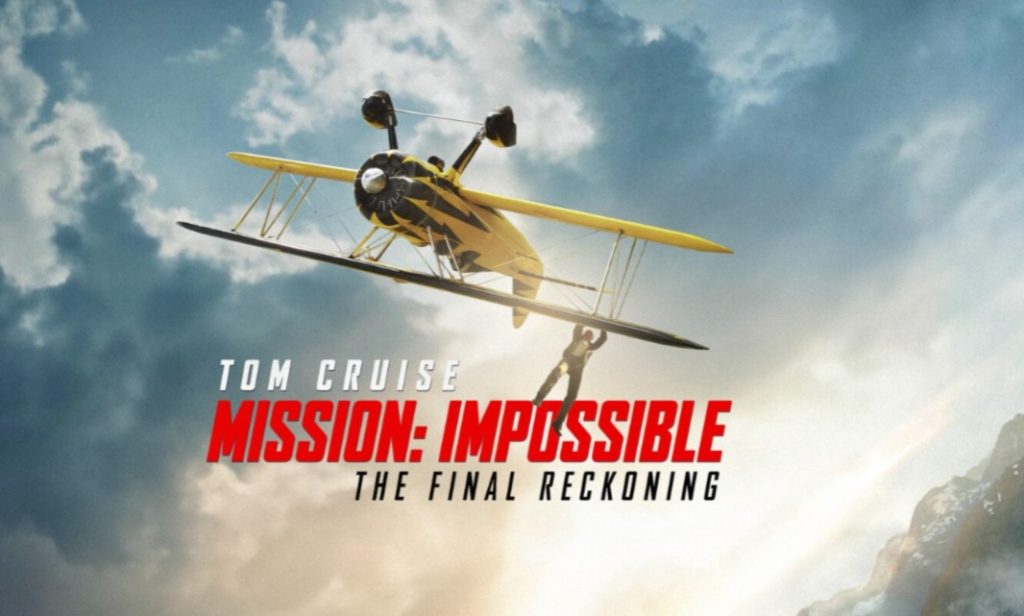Released in May 2025, Mission Impossible: The Final Reckoning arrives as the long-promised end to Ethan Hunt’s journey. The film packs intense action and emotional moments, but many unresolved threads leave this finale feeling half-finished.
Strong Setup, Weak Payoff
The opening sets a grim tone, maintaining suspense with tight pacing. The submarine and final sequences impress, recalling the thrill of Fallout. Luther’s farewell works well. His final speech stands out, even though placing him in a hospital seems oddly forced. Still, his exit adds genuine heart.
Donloe’s return is another win. The story gives him purpose, not just nostalgia. He integrates smoothly into the team and leaves on a positive note—an unexpected but satisfying arc.
Unfortunately, the script ignores several setups from Dead Reckoning. Gabriel’s backstory, Grace’s real name, the mystery woman’s death, and the Venice party plot all vanish without resolution. These missed connections hurt both films, making Dead Reckoning feel even weaker in retrospect. While behind-the-scenes delays explain some of this, the result remains unsatisfying.
Briggs, revealed as Jim Phelps’s son, contributes nothing. His role could disappear without any impact. Kittridge returns too but serves mainly as a frustrating plot complication rather than a key player.
The ending hints at romance between Ethan and Grace. It offers a glimpse of closure, but it comes at the cost of Ilsa’s arc. Her absence in the final stretch feels abrupt and unearned.
As a standalone film, Final Reckoning offers fun, stunts, and style. It’s an enjoyable watch with some emotional weight. On its own, it deserves around 3 to 3.3 stars and lands mid-tier in the franchise rankings—roughly sixth place.
But when viewed as part two of Dead Reckoning, it collapses under its own setup. The payoff doesn’t justify the build-up, and too many characters and ideas go nowhere. The combined two-part finale fails to deliver a cohesive or satisfying conclusion.
